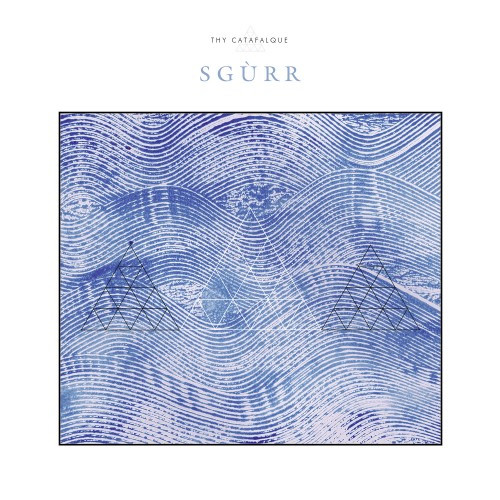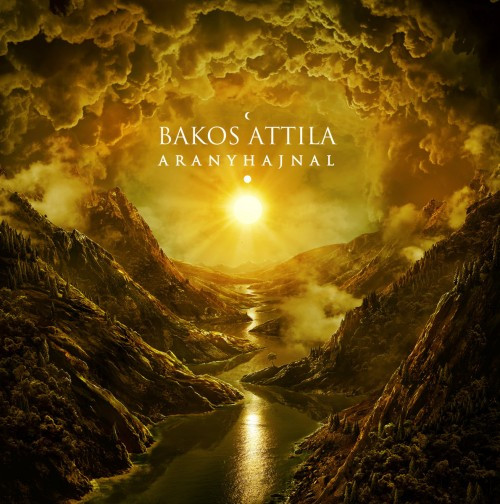This is the Hungarian installment of our Most Infectious Song list (to see the songs that have preceded these three, go here). If you’re unfamiliar with the albums from which they come, you’ll discover that two of them include mainly clean singing and are thus Exceptions to our Rule. But the vocals are a significant element in the songs’ appeal. Not only is the singing very good, the singing is in Hungarian.
I suppose there are other ways in which some of us hear music in a way that differs from what others hear, but linguistic differences certainly seem to be an inarguable example. And in my case, as a native English speaker, there is something about the texture of the Hungarian language when used in a song that really resonates with me. But even apart from that aspect of the music, all three of these songs are highly infectious.
THY CATAFALQUE
I lavished attention on Sgùrr, the latest album by Thy Catafalque, with a premiere, a review, an interview, and other features leading up to its release. I did this because I love the album (I’m not the only one around here who feels that way — Professor D. Grover the XIIIth, who first introduced me to the band, put it at No. 3 on his year-end list earlier today). Continue reading »


